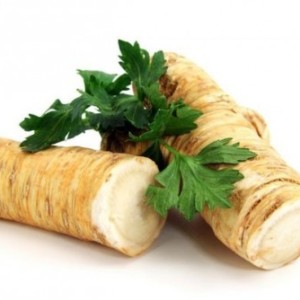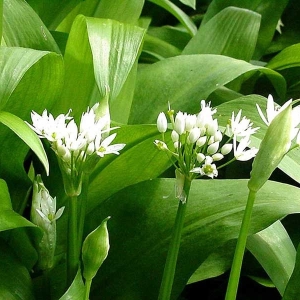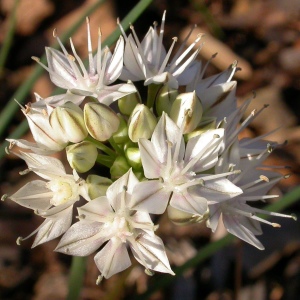Cumin contains proteins, essential oils, sugar and resinous substances, therefore used as a medicinal product with many diseases. In cooking it is valued for spicy taste and spicy fragrance. You can easily grow a cumin on the summer site.
Ideal time for sowing Tmina - Spring. Look for a good place. This will suit the sunny section and wet soil. Try to find loose black earth, suction or light clay soil. For the appearance of shoots, 8 ° C. They easily carry freezing. If you do everything right, shoots will turn around in two or four weeks. The greens will appear two months after germination. From one square meter you can assemble about 0.6-1.5 kg of cumin.

Good to reharge the earth to a depth of 2-3 cm. Moisten it and make nitrogen fertilizers. Put seeds into the ground to the depth of one and a half centimeters. The distance between the rows should be 20-25 cm, and between seeds - 15-20 cm. Please note that the leaves will appear in the first year. Next year, the plant will grow very early and blooms, but the seeds will hurry in the last days of April. The fact is that first the cumin develops the root system, and only then begins to grow. If you sat down a plant to get leaves and root, fertilize it during their formation. At one square meter, bring 15 g of urea, 10 g of superphosphate and 10 g of potassium salt. If you grow cumin mainly to get seeds, add one more fertilizer in front of autumn loosening. It includes 16 g of potassium salt and 30 g of superphosphate. Try to regularly extort the cumin so that it has formed additional roots.

Cumin seeds are used as an aromatic additive when baking bread, preparation of various dishes, making candies, buns, cakes, sausages, cheese and other fermented dairy products. Cumin is often used in Saltia and Marination. Leaves and root crops are consumed in fresh and dried. From the root plates you can even cook jam and jam with honey and sugar.

































